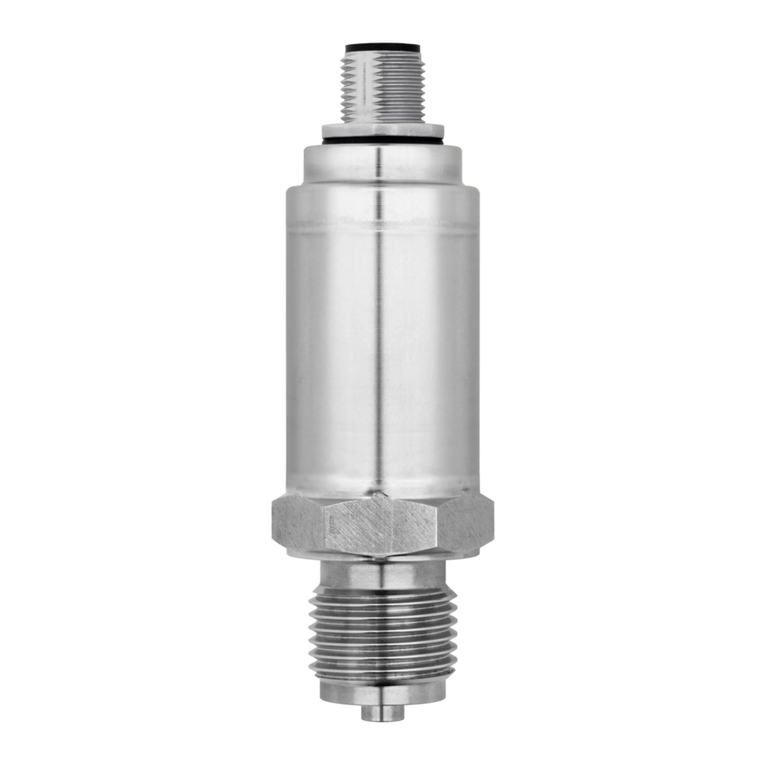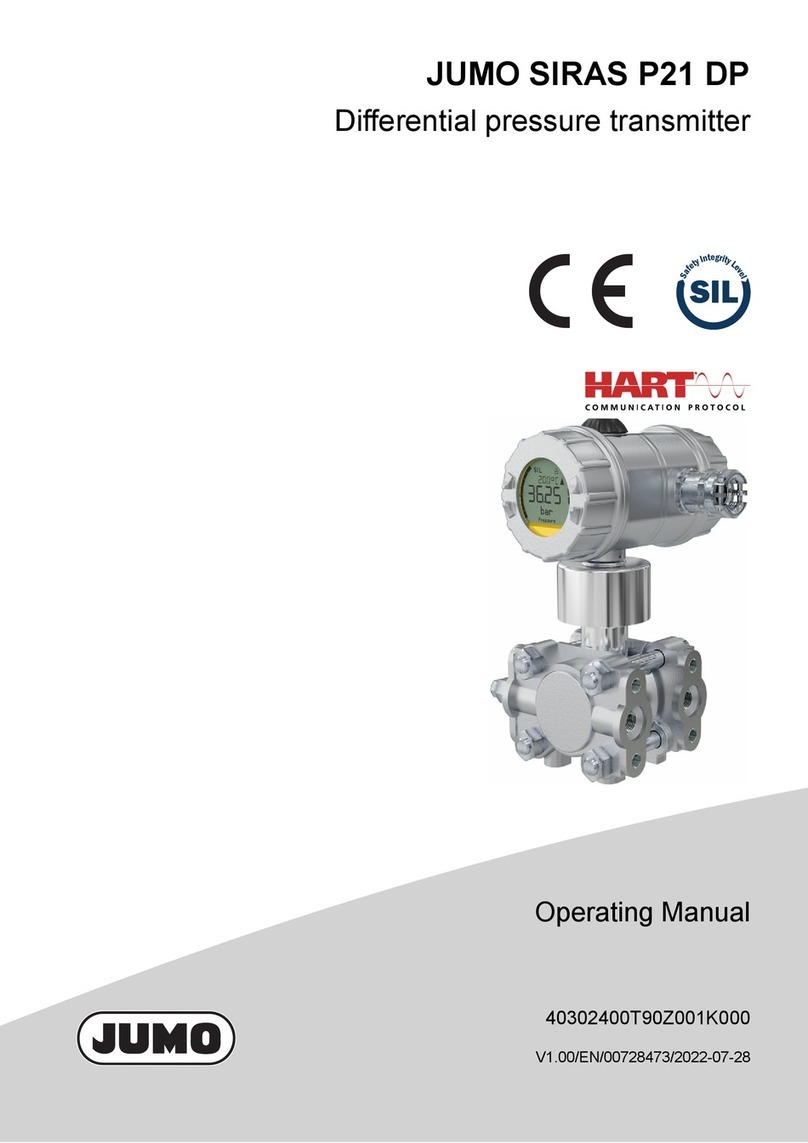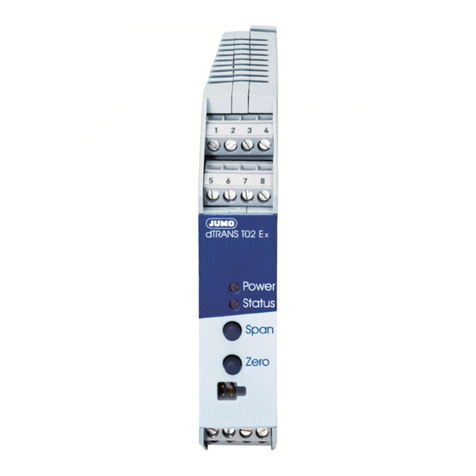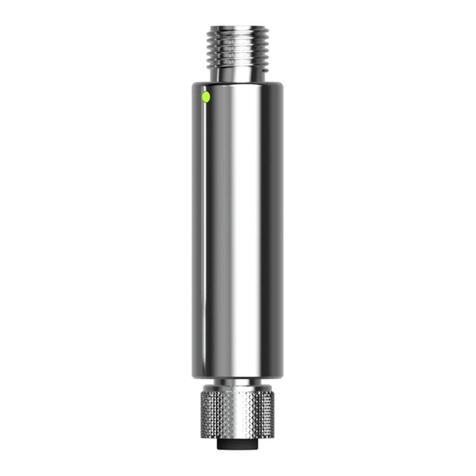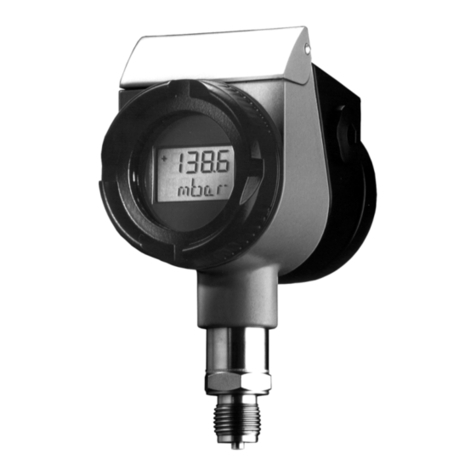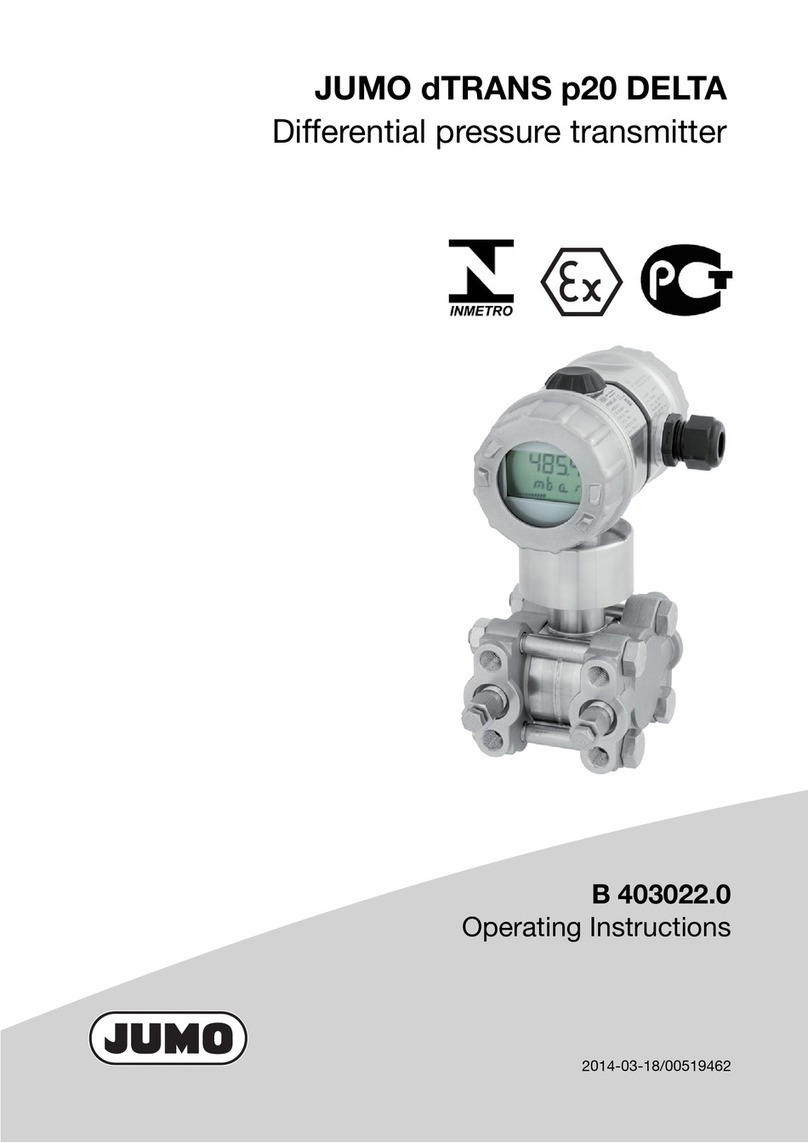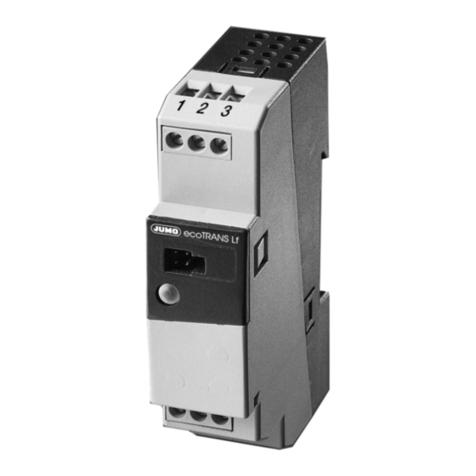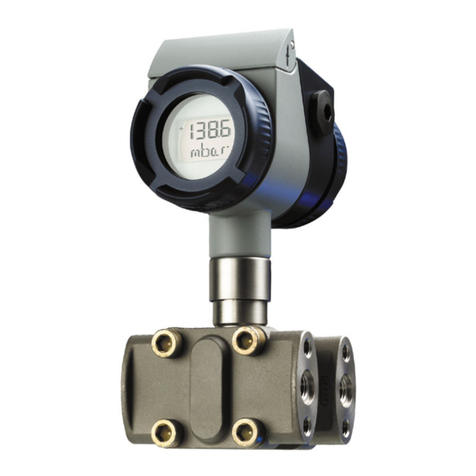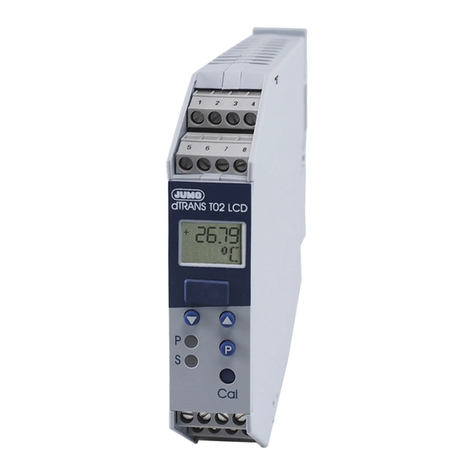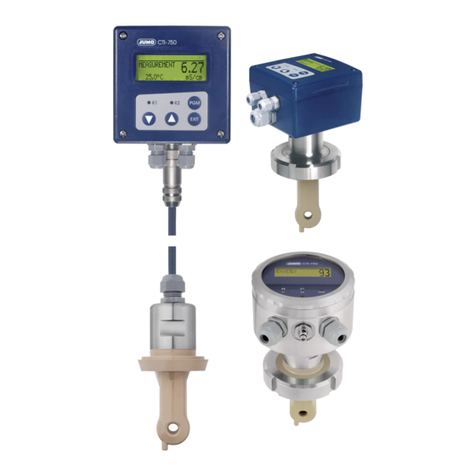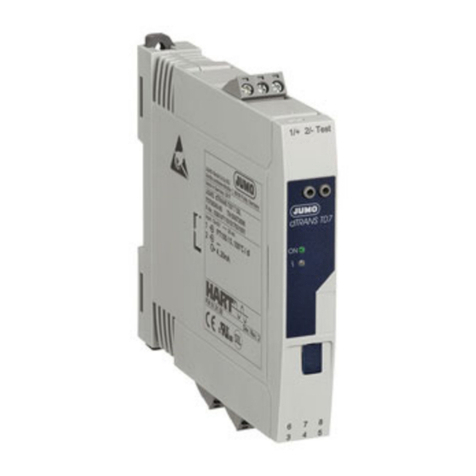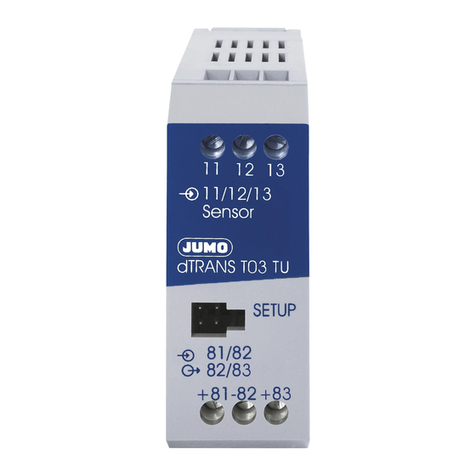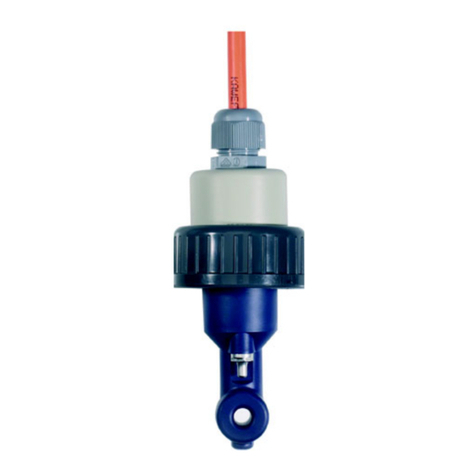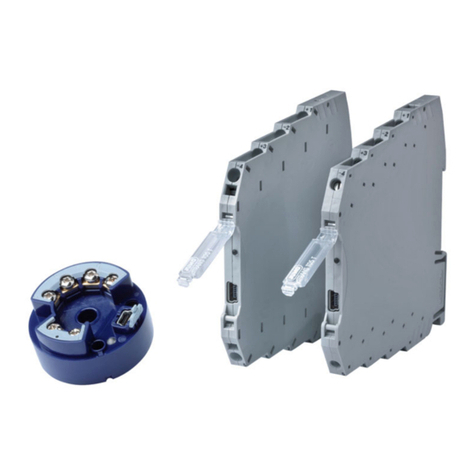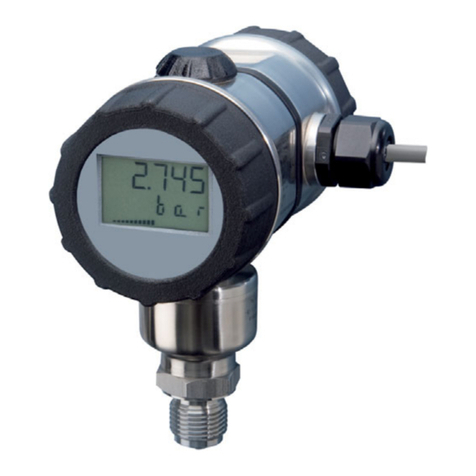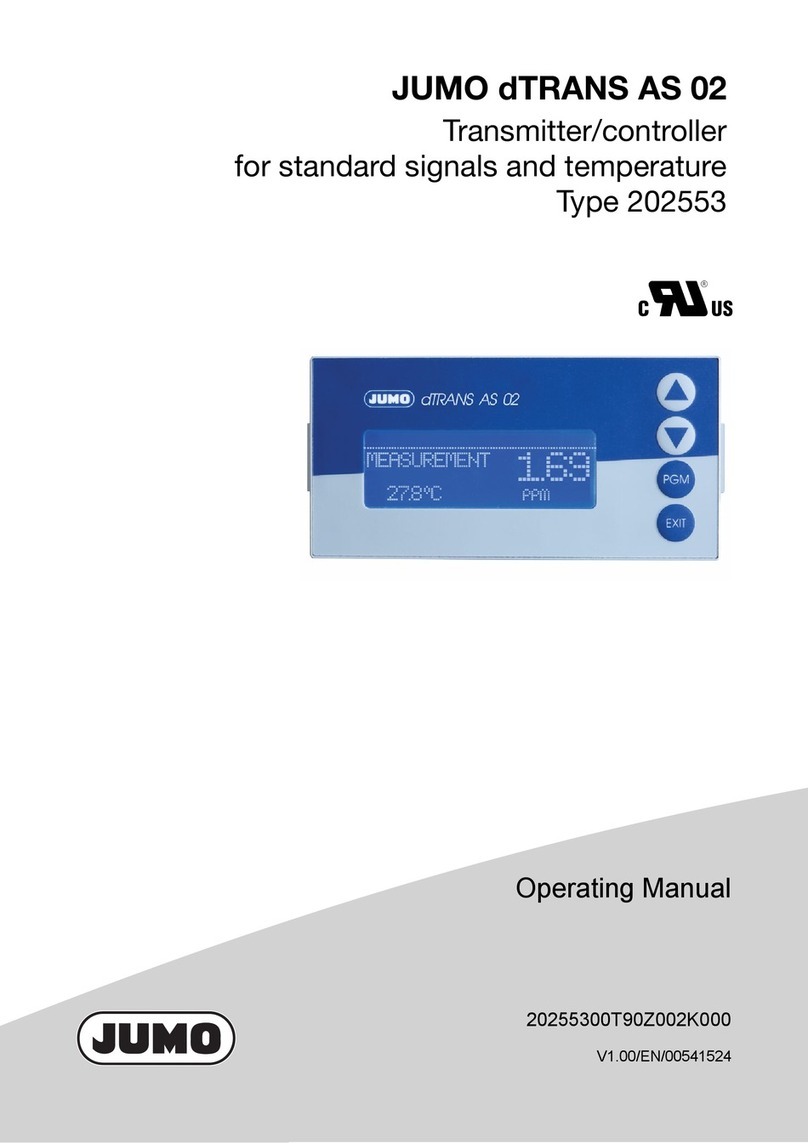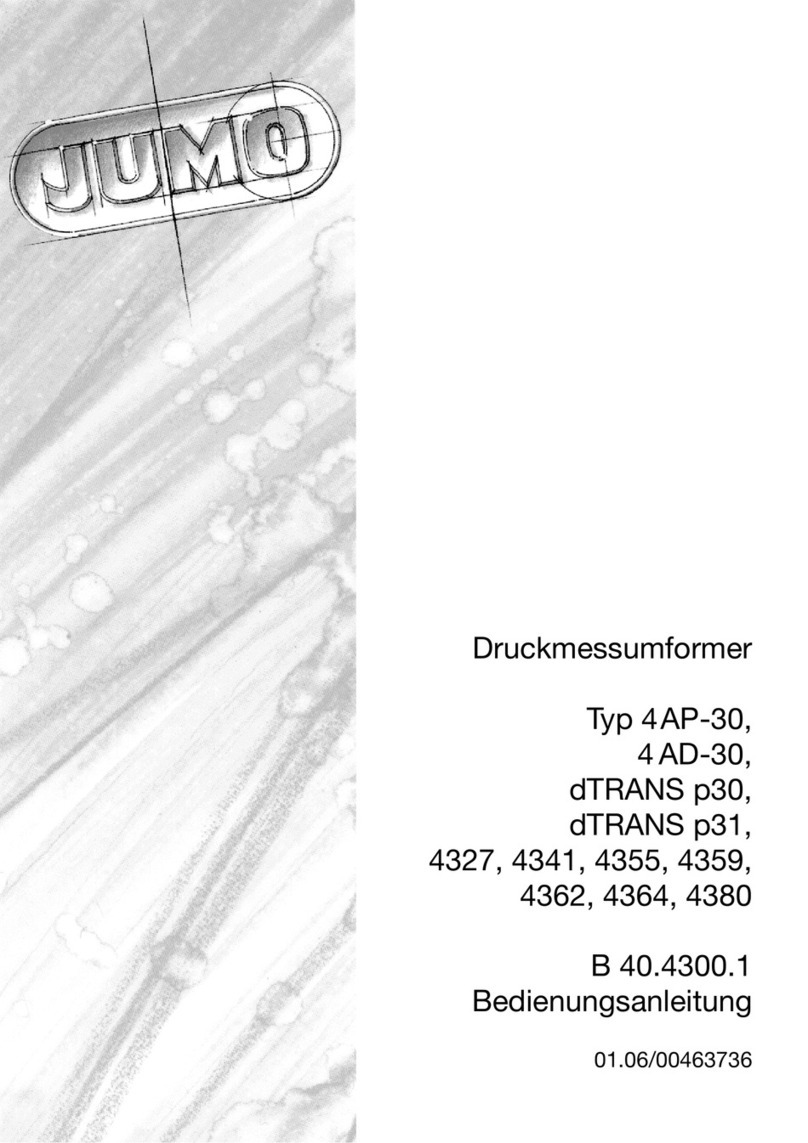1 Notes . . . . . . . . . . . . . . . . . . . . . . . . . . . . . . . . . . . . . . . . . . 5
2 Identifying the instrument version . . . . . . . . . . . . . . . . . . 6
2.1 Type designation . . . . . . . . . . . . . . . . . . . . . . . . . . . . . . . . . . . . . . . . . 6
3 Installation . . . . . . . . . . . . . . . . . . . . . . . . . . . . . . . . . . . . . . 7
4 Electrical connection . . . . . . . . . . . . . . . . . . . . . . . . . . . . . 7
5 Commissioning . . . . . . . . . . . . . . . . . . . . . . . . . . . . . . . . . 12
5.1 Fundamentals of conductivity measurement . . . . . . . . . . . . . . . . . . 12
5.2 Applying the supply voltage . . . . . . . . . . . . . . . . . . . . . . . . . . . . . . . 12
6 Setting / altering the instrument functions . . . . . . . . . . 13
6.1 Actual-value display . . . . . . . . . . . . . . . . . . . . . . . . . . . . . . . . . . . . . 13
6.2 Operation . . . . . . . . . . . . . . . . . . . . . . . . . . . . . . . . . . . . . . . . . . . . . 14
6.3 Function of keys . . . . . . . . . . . . . . . . . . . . . . . . . . . . . . . . . . . . . . . . 14
6.4 Level selection . . . . . . . . . . . . . . . . . . . . . . . . . . . . . . . . . . . . . . . . . 16
6.5 The operator level (USER) . . . . . . . . . . . . . . . . . . . . . . . . . . . . . . . . 17
6.6 The administrator level (ADMIN) . . . . . . . . . . . . . . . . . . . . . . . . . . . . 18
6.7 The enabling level (RIGHT) . . . . . . . . . . . . . . . . . . . . . . . . . . . . . . . . 19
6.8 The calibration level (CALIB) . . . . . . . . . . . . . . . . . . . . . . . . . . . . . . . 20
7 Setting ranges . . . . . . . . . . . . . . . . . . . . . . . . . . . . . . . . . . 21
8 Configurable parameters . . . . . . . . . . . . . . . . . . . . . . . . . 23
8.1 Inputs . . . . . . . . . . . . . . . . . . . . . . . . . . . . . . . . . . . . . . . . . . . . . . . . 24
8.1.1 Measurement input for conductivity (submenu CON) . . . . . . . . . . . . 24
8.1.2 Measurement input for temperature (submenu TEMP) . . . . . . . . . . . 28
8.2 Relay / open-collector . . . . . . . . . . . . . . . . . . . . . . . . . . . . . . . . . . . 30
8.2.1 Logic output 1 (submenu BIN.1) . . . . . . . . . . . . . . . . . . . . . . . . . . . . 30
8.2.2 Logic output 2 - option (submenu BIN.2) . . . . . . . . . . . . . . . . . . . . . 33
8.3 Analog outputs . . . . . . . . . . . . . . . . . . . . . . . . . . . . . . . . . . . . . . . . . 36
8.3.1 Conductivity (submenu CO.OUT) . . . . . . . . . . . . . . . . . . . . . . . . . . . 36
8.3.2 Temperature (submenu TE.OUT) . . . . . . . . . . . . . . . . . . . . . . . . . . . . 38
8 Calibration . . . . . . . . . . . . . . . . . . . . . . . . . . . . . . . . . . . . . 41
8.1 General . . . . . . . . . . . . . . . . . . . . . . . . . . . . . . . . . . . . . . . . . . . . . . . 41
8.2 Activating the calibration mode . . . . . . . . . . . . . . . . . . . . . . . . . . . . 42
8.3 Selecting the calibration procedure . . . . . . . . . . . . . . . . . . . . . . . . . 43
8.4 Calibrating the temperature coefficient using automatic
temperature measurement . . . . . . . . . . . . . . . . . . . . . . . . . . . . . . . . 44
